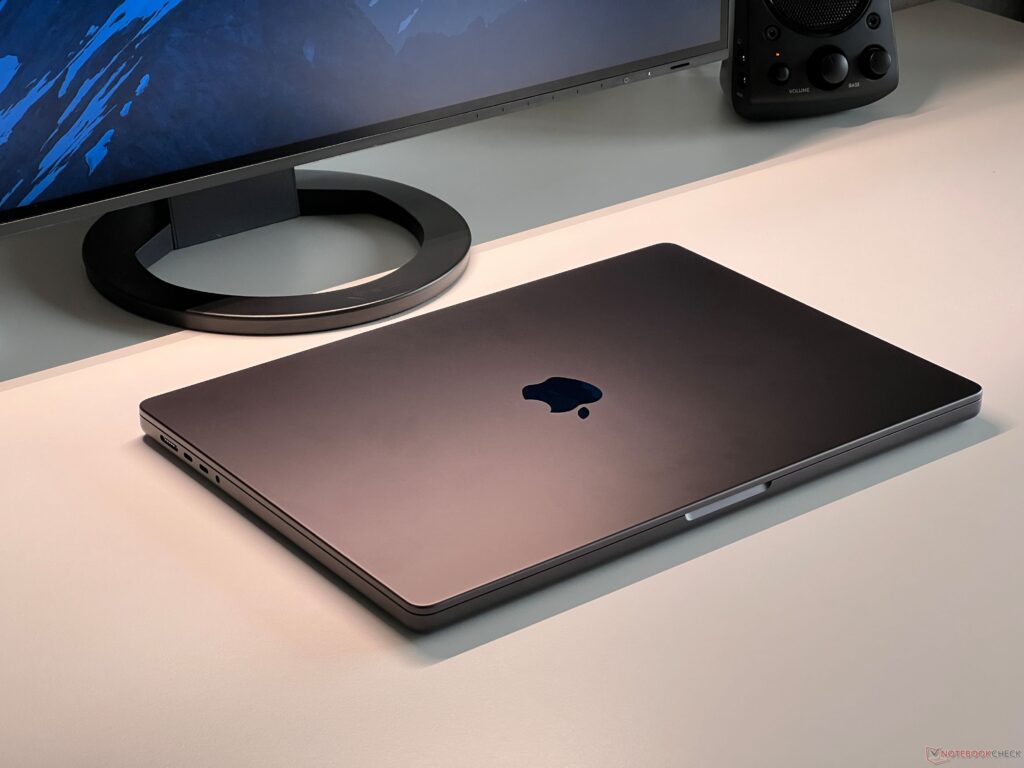For enthusiasts and users of the MacBook Air M3, a recent revelation might necessitate a rethink of how you use your device, especially when it’s connected to an external monitor. A detailed performance analysis conducted by the YouTube channel Max Tech has unearthed a significant dip in performance when the MacBook Air M3 is operated in clamshell mode, that is, with its lid closed. This finding introduces a pivotal consideration for those seeking to harness the full capabilities of their device in a desktop-like setup.
Unveiling the Performance Dichotomy
At the heart of this discovery is a stark contrast in performance metrics observed during a rigorous 20-minute 3DMark Wild Life Extreme stress test. With the lid open, the MacBook Air M3 demonstrated robust performance, clocking in at 8,083 points. However, when switched to clamshell mode, performance plummeted nearly 50%, bottoming out at 4,198 points. This dramatic downturn underscores a critical airflow limitation attributed to the MacBook Air M3‘s fanless design, which relies heavily on passive cooling through its chassis.
The Core Issue: Airflow Restriction
The MacBook Air M3‘s innovative fanless architecture, while lauded for its quiet operation, emerges as the primary suspect in this performance predicament. In clamshell mode, restricted airflow appears to throttle the device’s capacity to dissipate heat efficiently, compelling the M3 chip to dial back its performance to mitigate overheating risks.
Clamshell Mode: A Mixed Bag
It’s essential to contextualize that the impact of clamshell mode on performance varies significantly across different types of tasks:
- For General Use: Day-to-day activities such as web browsing, email, and productivity applications might not register a noticeable decline in performance.
- For Intensive Tasks: Users engaging in more resource-intensive tasks, including video editing, 3D rendering, or gaming, might encounter significant performance limitations, potentially hampering their workflow.

Evaluating Clamshell Mode for Your Workflow
The decision to leverage clamshell mode hinges on your specific use case and performance expectations:
- Casual Users: Those utilizing their MacBook Air M3 for less demanding tasks may find the performance trade-off in clamshell mode to be negligible.
- Power Users: For individuals who demand peak performance for intensive applications, the discovered throttling in clamshell mode poses a considerable limitation. Exploring external cooling solutions or opting to work with the laptop’s lid open are potential alternatives.
Looking Ahead: The Future of MacBook Air M3’s Capabilities
This analysis provides a critical snapshot of the MacBook Air M3’s performance under specific conditions. It’s worth noting that real-world performance can vary based on numerous factors, including ambient temperature and specific workloads. Moreover, Apple’s response to these findings and any prospective software updates aimed at optimizing thermal management in clamshell mode remain to be seen.
Weighing the Benefits Against the Performance Cost
The convenience of a desktop-like experience using the MacBook Air M3 in clamshell mode comes with caveats concerning performance. For users whose needs are met with general usage, this may be a compromise worth making. However, for those whose work demands the utmost from their device, understanding and possibly mitigating these performance limitations is crucial for maintaining an efficient workflow. As the MacBook Air M3 continues to be put through its paces, users and potential buyers must stay informed and adaptive to navigate these technological nuances.










Add Comment